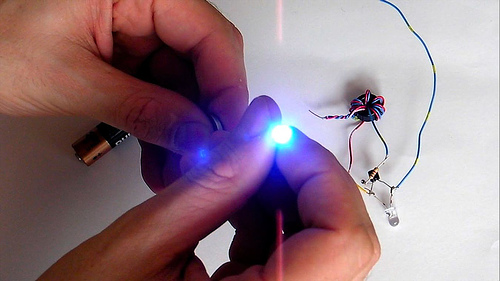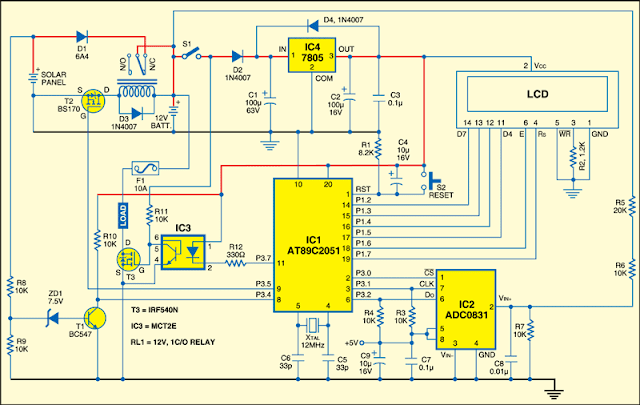Automatic multistoried car parking system helps to minimize the car
parking area. In the modern world, where parking-space has become a very big
problem and in the era of miniaturization, it is become a very crucial
necessity to avoid the wastage of space in modern, big companies and apartments
etc.
A display is provided at the ground floor which is basically a counter that displays number of cars in each floor. It informs whether the floors are fully filled with the cars or is it having place in a particular floor or not. There is facility of lift to carry the car to up and down. Movement of Lift is controlled by stepper motor. An indicator with a green and red LED is kept in all the floors to indicate whether the lift is busy or is it ready to take the car up or down. If the red LED glows that means the lift is already engaged and the person has to wait for the green LED to glow. In this project we have provided three floors of a building for car parking. Maximum storage capacity of each floor is given as ten. Storage capacity can be changed according to the requirement.
A display is provided at the ground floor which is basically a counter that displays number of cars in each floor. It informs whether the floors are fully filled with the cars or is it having place in a particular floor or not. There is facility of lift to carry the car to up and down. Movement of Lift is controlled by stepper motor. An indicator with a green and red LED is kept in all the floors to indicate whether the lift is busy or is it ready to take the car up or down. If the red LED glows that means the lift is already engaged and the person has to wait for the green LED to glow. In this project we have provided three floors of a building for car parking. Maximum storage capacity of each floor is given as ten. Storage capacity can be changed according to the requirement.
Any one can enter to first or second floor. The
third floor in this model is for VIP’s only. Therefore when VIP’s are to be
entering they are expected to enter their password and they will be taken to
the third reserved floor. The password will be of 4 digits. The processor
checks for the password entered and if it is found to be wrong, a siren is
heard. So when a password is entered, the processor checks for it and it is
compared with right password. It indicates whether it is the correct one or
not.
When the car enters the lift, the LDR detects
its presence and sends a signal to glow RED LED indicating that the lift is
busy. It also sends a signal to motor which makes the motor to rotate. After
RED LED glows the lift will take the person and the car up to the floor where
the space for parking is available. (For VIP it will be the third floor). When
the lift reaches the first floor, the processor compares the filled amount
to that of the already fed capacity of that floor, and if it finds that the
first floor is fully filled , it goes to the second floor and thus the
procedure stops here. As soon as a car is placed in a particular floor, the
display counter at the ground floor increments as to indicate the floor
capacity has decreased by one. After the lift places the car in a particular
floor, it comes back to its normal position and that time, the motor that
drives it , also stops. Now processor sends signal to glow GREEN LED indicating
that lift is free.
When a person needs to come down from a
particular floor to ground floor, he is expected to focus the headlight onto
the LDR placed in that floor. Now sensor section sends signal to motor that the
lift has to be send back to that particular floor and sends a signal to glow
RED LED indicating that the lift is busy. As soon as the lift reaches that
particular floor car should come inside the lift, the display counter at the
ground floor decrements by one as to indicate the floor capacity has increased
by one. Lift comes back to its normal position and that time, the motor that
drives it, also stops. Now processor sends signal to glow GREEN LED indicating
that lift is free.
If there no parking taking place, the processor
carries out the job according to the following priority:-
1.
It checks whether any
password is entered.
2.
It checks whether any
car is entered to lift.
3.
It checks whether any
car headlight is pressed in front of LDR placed in each floor.
It is like a round robin system.











